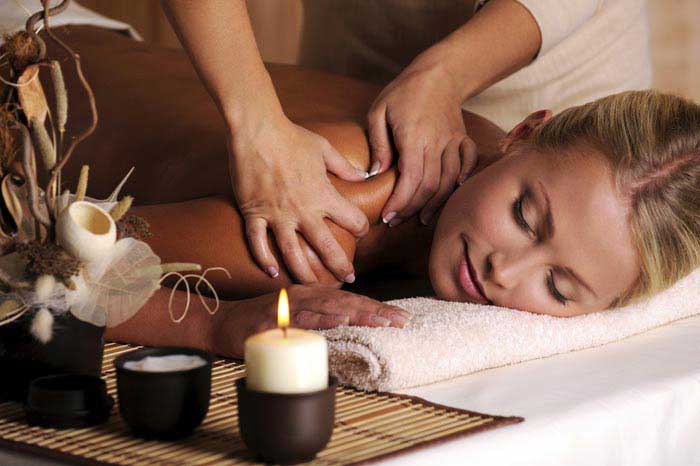Depending on how and where you use it, coconut oil can benefit your health, hair and skin. This versatile oil can be used in cooking, beauty recipes and around the home. According to research, adding coconut oil to your diet and using it on your exterior can improve your health, well-being and appearance.
Coconut oil for hair
Have you ever noticed that women in tropical coastal regions boast beautiful healthy hair. Their secret is coconut oil, which helps in a healthy grow of your hair and gives a shine to those strands.
Thanks to its unique fat composition, coconut oil is especially beneficial for certain hair types and to repair damaged hair. Coconut oil is full of fatty acids that can protect dandruff or dry hair against hair damage. This oil is an excellent conditioner and helps the regrowth of process of damaged hair. Besides, it provides proteins that are essential to nourish and heal damaged hair. Studies show that it protects hair from damage caused by hygral fatigue.
You can use it as a hair mask, hot oil treatment or in homemade hair products. To make the most of coconut oil's benefits, apply it topically to your hair or use a coconut oil hair mask. If you massage your head regularly with coconut oil, you can ensure that it is dandruff free.
Coconut oil for skin
Thanks to its natural antioxidant properties, coconut oil can be used as a skin lotion to stop wrinkles and skin irritation. If you rub it directly on your skin, it can help lighten age spots.
Coconut oil is also used to moisturize and nourish the skin. It can also improve the lipid content of the skin.
If you whip it with shea butter, it becomes a very soothing body balm.
You can also use coconut oil to remove your makeup, and that can become part of your ritual to moisturize your skin. Thanks to its well-known antioxidant properties, coconut oil can delay the appearance of wrinkles and sagging of skin caused by aging.
Coconut is also effective as a sunscreen and it can block out about 20% of the sun's ultraviolet rays. It can also be used to treat various skin problems, such as psoriasis, dermatitis, eczema and other skin infections.
Coconut oil digestive benefits
Coconut oil's concentration of beneficial fats in coconut oil makes it helpful for digestion. As coconut oil helps the body to absorb fat-soluble vitamins, calcium, and magnesium, it improves digestion. This effect is doubled if coconut oil is taken with omega-3 fatty acids.
Its antimicrobial properties can help fight irritation and infection in the gut by destroying bad bacteria and candida. Candida imbalance may decrease stomach acid, which may lead to inflammation and poor digestion.
The MCT's of coconut oil are easy to digest, and therefore, they don't need pancreatic enzymes to be broken down. As a result, taking coconut oil reduces the metabolic strain on the pancreas.
Coconut oil for weight loss
According to a study published in the Journal of Toxicology and Environmental Health back in 1985 showed how an injection of capric acid (which abounds in coconut oil) caused "initially rapid, then a gradual decrease in food consumption and a parallel loss of body weight" in male rats. Other studies have shown that the capric acid and other medium chain triglycerides (MCT) in coconut oil can boost 24-hour energy expenditure in humans up to 5%
Studies have also shown that coconut oil may reduce appetite given the way the fatty acids in it are metabolised.
Dental care
As coconut oil helps the absorption of calcium by the body, it leads to stronger teeth. Apart from facilitating the absorption of calcium, it also stops tooth decay, reduces plaque formation and plaque-induced gingivitis.
Speeds up healing
When you apply coconut oil to infected areas, it forms a chemical layer that protects the infected body part from external dust, air, fungi, bacteria, and viruses. It also speeds up the healing process of damaged tissues when applied to bruises.
Coconut oil can also be used as a stress reliever as it is very soothing. To eliminate mental fatigue, apply it to your head followed by a gentle massage.
Athletes, bodybuilder and those on a diet often use coconut oil to boost energy and endurance, and enhance their performance. This is because it contains less calories than other oils and its fat content is easily converted into energy, so doesn't generate the accumulation of fat in the heart and arteries.




